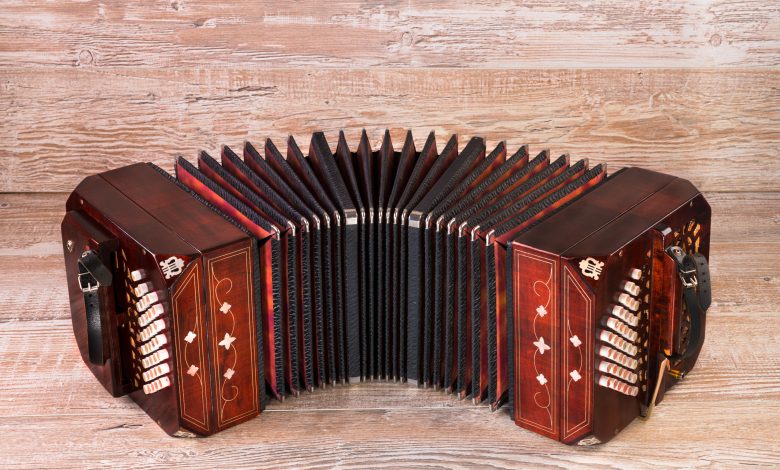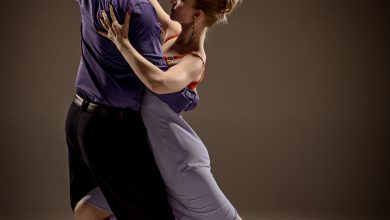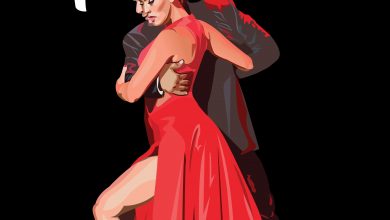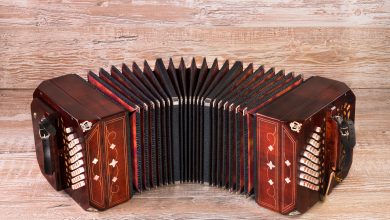Aníbal Carmelo Troilo

Aníbal Carmelo Troilo
(July 11, 1914 – May 18, 1975) was an Argentine tango composer, bandoneon player, arranger, and band leader.
Nickname: Pichuco (crybaby)
Background information
Birth name: Aníbal Carmelo Troilo
Date of Birth: July 11, 1914
Place of Birth: Buenos Aires, Argentina
Died: May 18, 1975
Place of Death: Buenos Aires, Argentina
Family and Children:
Father: Aníbal Troilo
Mother: Felisa Bagnoli
Brothers and Sisters:
Wife: Ida Calachi
Childhood
Aníbal Troilo was born in the well-known barrio of Abasto in Buenos Aires to Felisa Bagnoli and Aníbal Troilo. He had a brother and a sister. He did not come from a musical family, his father was a butcher, however he grew up listening to the bandoneon in the bars of his neighborhood and at 10 convinced his mother to buy him one. He kept the instrument and played it for the rest of his life. In 1925, Troilo first performed the bandoneon at the Abasto market. He was 11. He was soon asked to accompany silent films at the Teatro Colón. At 14, he formed his first quintet. He played throughout his school years, and while studying at Escuela Superior de Comercio Carlos Pellegrini, one of the most prestigious schools in Argentina and all of Latin America, he was hired to join the famous Vardaro-Pugliese sextext that included Elvino Vardaro, Osvaldo Pugliese, violinist Alfredo Gobbi, bandoneon Miguel jurado, and double bass player Luis Addesso. This launched his musical career.
Musical Career
After beginning his career in the famous Vardaro-Pugliese group, he was invited to play with many orchestras including Juan “Pacho” Maglio, Julio de Caro, Juan d’Arienzo, Angel D’Agostino, and Juan Carlos Cobián. He also continued to play in his own orchestra. He was a member of Carteto del 900 alongside Felicano Brunelli, Elvino Vararo, and Enrique Bour. In 1937 at Marabú, the orchestral debut of Troilo took place. In 1938, his group recorded for the Odeon label tangos “Comme il faut” by Eduado Arolas and “Tinta Verde” by Agustín Bardi, however there was some conflict and the group did not record until 1941. His group continued to record regularly until 1971. During this time 449 renditions were recorded.
He played throughout the golden age of tango (1940-1955) and was very popular.
In the 1950s and 60s, Troilo began playing in a duo with Roberto Grela and later formed the Aníbal Troilo Quartet, which included an electric guitar. This group was made up of Ubaldo de Lío, Osbaldo Berlingieri on piano, and Rafael del Bagno on double bass.
A number of his original compositions included lyrics, thus he collaborated with lyricists. His best friend Homero Manzi wrote songs for him, including Barrio de Tango, Sur, and Che bandoneón.
By the time he died on May 18,1975, Troilo was known as the “Supreme Banoneón of Buenos Aires”.
Troilo’s vocalists
Francisco Fiorentino, Alberto Marino, Floreal Ruiz, Edmundo Rivero, Jorge Casal, Raúl Berón, Roberto Rufino, Ángel Cárdenas, Elba Berón, Tito Reyes, Nelly Vázquez and Roberto Goyeneche
Troilo’s Mentors and Influences
Astor Piazzolla, Ciriaco Ortiz, Homero Manzi
Troilo’s musical style
Troilo’s orchestra is best known for its instrumentals, though he also recorded with many well-known vocalist such as Roberto Goyeneche, Edmundo Rivero and Francisco Fiorentino [es]. His rhythmic instrumentals and the recordings he made with vocalist Francisco Fiorentino from 1941 to 1943, known as milongas, were some of the favourites in tango salons. The renowned bandoneonist Astor Piazzolla played in and arranged for Troilo’s orquesta típica during the period of 1939–1944. Troilo’s solos were varied in texture and could be quite complex rhythmically, providing a challenge for the best tango dancers. He was a master of personality and feeling in his expression. He played slightly bent forward, with eyes closed, his double chin hanging.
Discography / Tango Compositions:
Aníbal Troilo recorded more than 400 songs and dozens of original compositions.
“qUejas de bandoneón”
“Barrio de Tango” (1942, words by Homero Manzi), “Sur” (South, 1948, words by Manzi), and “La última curda” (The Last Drunken Bender, 1953, words by Cátulo Castillo).
: “Toda mi vida”, “Barrio de tango”, “Pa’ que bailen los muchachos”, “Garúa”, “María”, “Sur”, “Romance de barrio”, “Che bandoneón”, “Discepolín”, “Responso”, “Patio mío”, “Una canción”, “La cantina”, “Desencuentro” and “La última curda”.
Filmography:
- The Tango Returns to Paris (1948)
- Mi noche triste (1952)
- Vida nocturna (1955)
- Prisioneros de una noche (1960)
- Buenas noches, Buenos Aires (1964)
- Somos los mejores (1968)
- Tango Argentino (1969)
- Ésta es mi Argentina (1974)
- El canto cuenta su historia (1976)
Legacy
Aníbal Carmelo Troilo has been remembered for his bandoneón playing. When he died in 1975, he was known as the “Supreme Bandoneón of Buenos Aires” and his memory lived on. In 2005, the National Congress of Argentina declared July 11th, Troilo’s birthday, as National Bandoneón Day to commemorate on of their most celebrated musicians. His recordings were one of the first distributed internationally, and he played a fundamental role in moving tango from the dive bars to the Bailes.
Dad should connect with him/ collaborate?!




